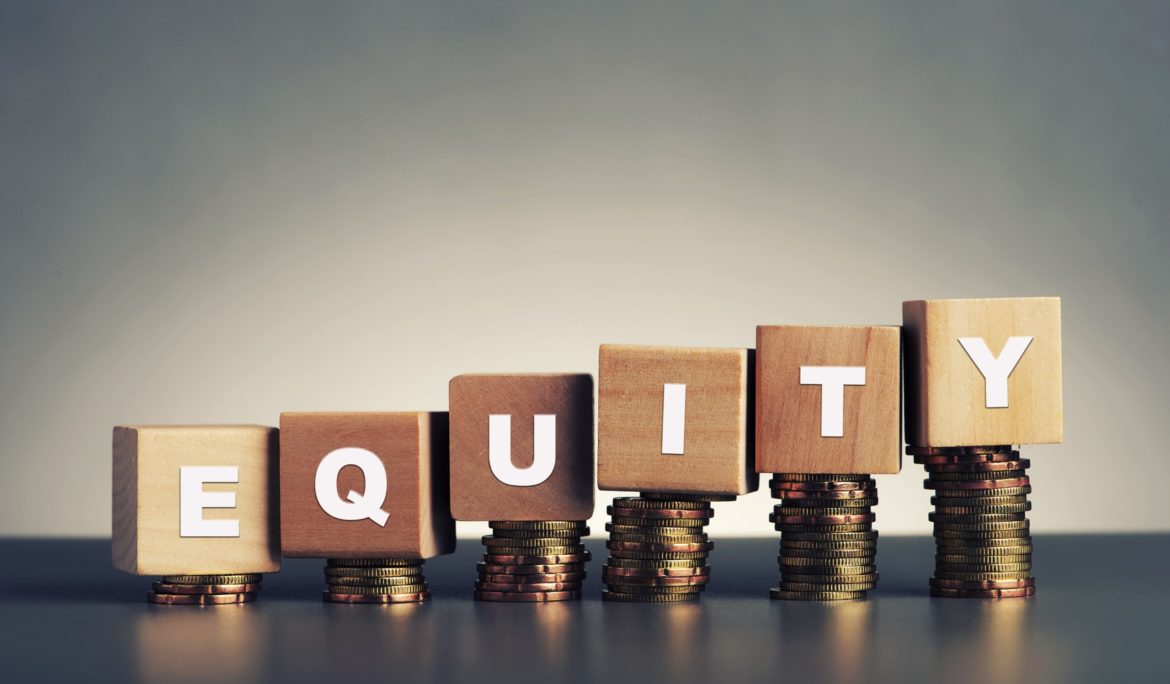Understanding Early-stage Investing (Part II)

In our last post, we discussed three points to consider when deciding to invest in early-stage businesses. We looked at the importance of assessing your risk level as an individual, assessing the people behind the business and finally assessing the business concept itself
In this post, we will consider the types of early-stage investments you should consider when investing in early-stage business.
The two main types of investments made at early stage of a business are equity and debt.
In an equity investment arrangement, the investor receives a percentage of shares in exchange for their stake in the business. The business has the option of issuing new or existing shares in exchange for the investment. This type of investment requires that both risks and rewards would be borne by the investor to the degree of percentage of shares they have in the business and depending on whether the investor invested in ordinary shares or preferred shares. Ordinary shares are riskier than preferred shares because in a liquidity event, the preferred shareholders get paid before the ordinary shareholders.
In a debt investment, investors can either invest via a straight loan or through a convertible loan note. A convertible note typically has a tenor after which the principal plus interest should be paid back. However, most angel investors typically expect to convert their convertible loan notes to equity in the next financing round at a discount. The interest-bearing element of debt financing is also another return element that should be considered when exploring this option.
The main difference between debt and equity investment is that a start up is expected to pay back loans (if not converted, in the case of a convertible loan note) regardless of whether a profit is made or not. Which is why it is said that an equity investor bears both risk and reward.
As an investor, when deciding on which investment option to explore, consider the following questions:
- How long do I want my investment tied up for?
- How much risk am I willing to bear?
- How much reward do I want to recover?

